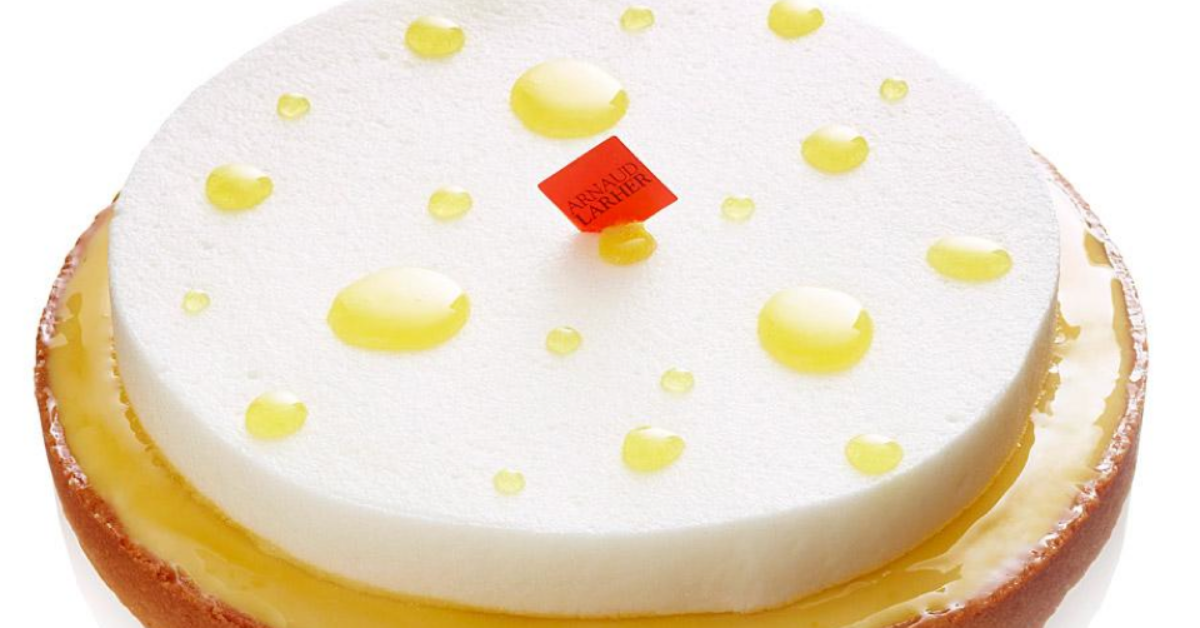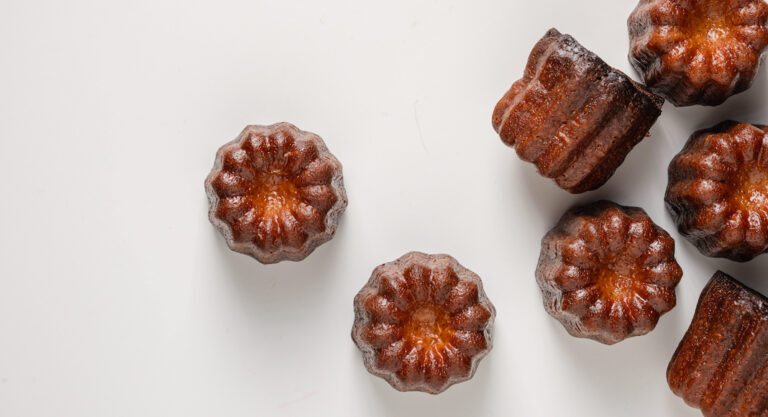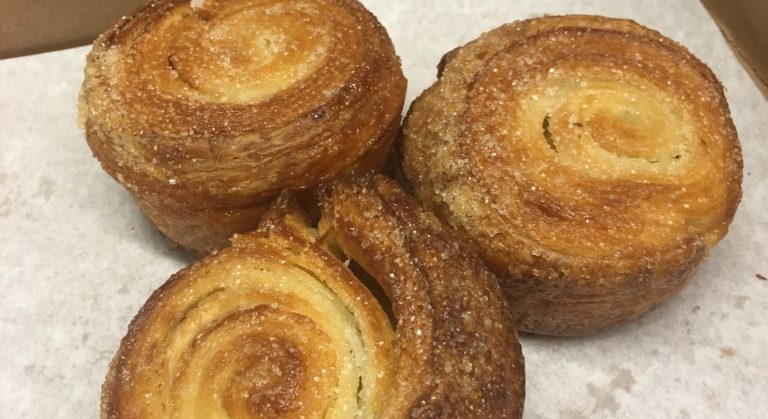For those with a true sweet tooth, who get excited about indulging in several sweets a day, France is a heaven of sorts. From Monday to Sunday, opportunities to taste new pastries pop up at every corner pâtisserie. Wondering what the French actually order and enjoy when they stop in for a treat? Every month, follow French Morning as we go Beyond Brioche the tracks of France’s favorite pastries.
Beginning this series with a dessert that was invented, perfected, and reinvented in France would have been too simple. Though France may be a bit chauvinistic about its cooking, many outside influences have helped shaped what it has become today just like they have with other world cuisines. Such is the case with a dessert that makes most French stomachs grumble with excitement: lemon meringue tart.
Firstly, do not expect a pie. Lemon meringue pies in the United States boast over an inch of filling and at least an inch of meringue, creating billowing towers of cream and egg whites that look like a cloud that ate too much sugar for breakfast. What many pie lovers enjoy in a pie shape is that it allows for deep fillings and layers upon layers of flavors. When it comes to a tart, you might have trouble finding filling that’s even half the height of a pie. As for pie crust versus tart crust, once again, there is an ocean of difference. While pie crust is flaky, most tart crusts are brittle, crumbly sablée (sandy) as the French term goes, and shatter with an expert hit from a dessert fork.
Despite these details which turn the pie and tart into two completely different desserts, it is commonly accepted that the lemon-on-crust combination as we know it was perfected in the American Quaker community. It somehow traveled to Europe. There, Swiss chef Gasparini was busy inventing the modern-day meringue in the village of Meiringen. The identity of the chef who decided to create the delicate pairing of tangy lemon cream and silky meringue remains a mystery, but legend has it that Marie-Antoinette was smitten after one bite.
So are the French. La tarte au citron meringuée, as we call it here, it best enjoyed on a weekday afternoon, or during Sunday lunch with the family – well, anytime, really. What’s even better is that between the acidity levels of the lemon curd, brittleness of the tart crust, and silkiness of the meringue, the possibilities of variation are endless. In just one day walking around Paris, you might be able to taste a dozen very different lemon meringue tarts.
Paris pastries go through trend cycles, much like their fashion counterparts, resulting in a stretch of years until recently that saw lemon meringue tarts devoid of their meringue tutus, left naked and exposed in all their lemon glory. Thankfully, Marie-Antoinette’s spirit rekindled the meringue flame and even the chicest pastry shops have given in to the beauty of meringue peaks. Pastry chefs have put their creativity to use: the tarts stay loyal to what a lemon tart should be, in flavor, yet they go the extra mile in design and texture.
Pick your poison: light-as-air meringue mini-tube on a bright, zesty cream at Arnaud Larher, or meringue that looks like the Everest got a tan from Pâtisserie des Rêves are only two of the myriad of options. Whatever you choose, the treat is hard to resist.
If lemon meringue-lover Marie-Antoinette truly did declare “Let them eat cake,” we’re pretty sure that today she’d have to correct her statement: “Lemon meringue tarts pour tous” sounds more like it.






